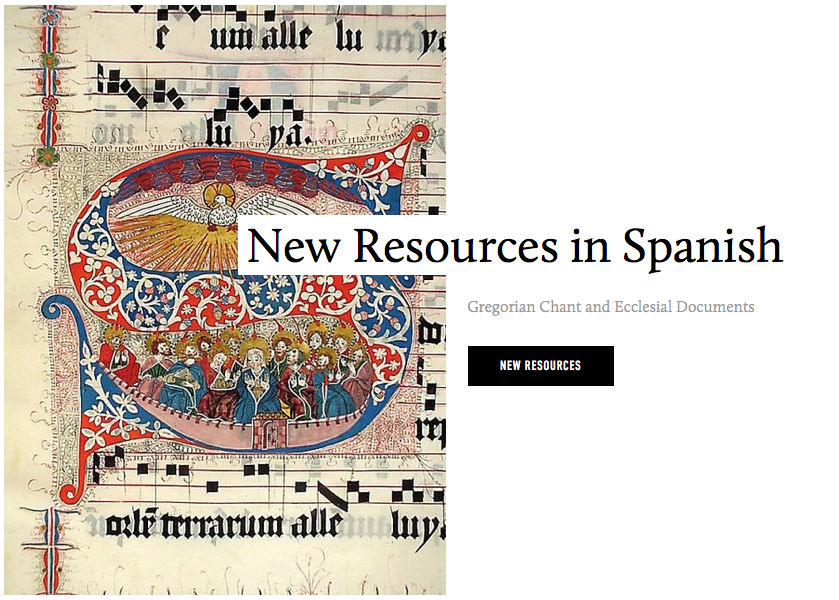Every year near the anniversary of the Roe v. Wade decision that restricted the rights of states to outlaw abortion, hundreds of thousands of people peacefully demonstrate in the US capital city for the right to life of the unborn.

It is an amazing event. Although it will be best of all when it is no longer necessary, when we come to grips with the grave civil rights issues that have been brushed aside, it is a beautiful experience. Hundreds of thousands of people gathering in freezing cold to peacefully march for those who cannot march for themselves. Marchers are not self-asserting. They are others-asserting. The marchers are of all ages but overwhelmingly young.
Every year, the event goes almost unnoticed by the mainstream press, which, in the US, slants left. It can’t be ignored absolutely, so instead it is minimized. “Thousands [sic] March in Washington at Annual Anti-Abortion Rally,” ran the headline in the New York Times.
We have found out in the last two days that the minimization of coverage was relatively innocuous, a holding pattern kept in place until the news outlets could find a smoking gun: a marcher who was not being peaceful but was provoking someone. A marcher who was white, provoking a Native American. A Catholic marcher. A male marcher. And most importantly, a marcher with a cap showing support of the Republican president.

Except, as the day rolls by and the retractions of hasty judgments, calumnies, and condemnations pour in, the young man was not provoking. Longer videos than those immediately viralized by the media show that he was guilty of three things: marching for life, wearing a hat, and standing his ground.

(Regarding the hat, there is a side debate here about wearing political gear at a march, on a school trip, and I will not address it except to say that 1. it is perfectly legal and 2. the only other major political party will not put forward a pro-life candidate except when no pro-abortion candidate can possibly win.)
For myself, I see heroism here. A child, really, a highschooler, acted as I would hope to act in the same situation. He stood, and prayed, and waited out the storm. For this he has been hastily condemned by grownups who should know better, who used him to try to discredit the march.

The Catholic Church in the US has a long history of civil rights protests, such as the larger one and the smaller one that the young man participated in, on a day that will change his life. For example, it’s one of the great hidden facts of the Catholic Church in the US that the fledgling USCCB filed a friend of the court brief to support the legalization of racial intermarriage in the case of Loving vs. Virginia.
I will be praying that his life, and the hearts of many of our countrymen who were manipulated by a camera angle and other rhetoric into wild misjudgment, change for the better.
And if the future of ourselves is anything like him, then the future looks very bright indeed.






